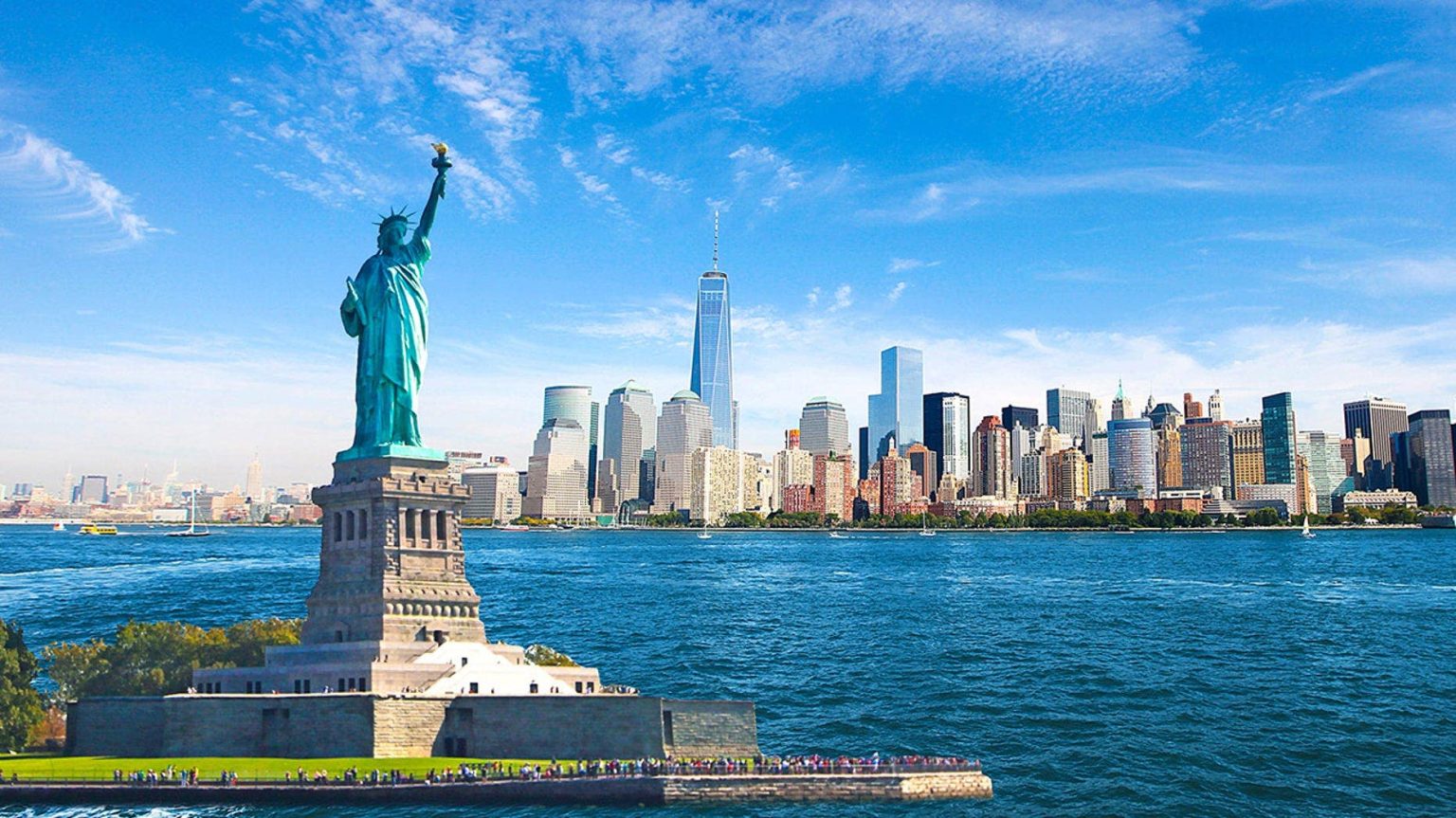On August 3, 2004, the Statue of Liberty reopened to the public after being closed for nearly three years following the 9/11 attacks in New York City. The landmark had stood witness to the destruction of the nearby World Trade Center and was a symbol of hope and liberty in the aftermath of the tragedy. The reopening ceremony was attended by then-Gov. George Pataki, NYC’s then-mayor Michael Bloomberg, and Secretary of the Interior Gale Norton, among others, and included performances of patriotic songs. Despite concerns about lingering terror threats, the event signaled that freedom was alive and shining brighter than ever in New York.
The Statue of Liberty, a gift from the people of France, opened to the public in 1886 and has endured closures for various reasons throughout its history. Designed by French sculptor Frederic Bartholdi and with an interior metal framework fabricated by Gustave Eiffel, the iconic landmark has had a tumultuous past. From being closed for restoration work in the 1980s to shuttering after natural disasters like Superstorm Sandy and the COVID-19 outbreak, the Statue of Liberty has seen its fair share of challenges. Despite these setbacks, the statue remains a symbol of American ideals and freedom.
The reopening of the Statue of Liberty in 2004 came at a time of heightened security concerns following the 9/11 attacks. Cities like New York, Newark, and Washington, D.C. faced terror threats leading up to the ceremony, but officials were determined to send a message that liberty cannot be intimidated. The event was a symbol of resilience and hope, showcasing the enduring spirit of freedom in the face of adversity. The reopening ceremony was a celebration of the Statue of Liberty’s significance as a beacon of hope and liberty for people around the world.
The history of the Statue of Liberty is filled with symbolism and significance, from its origins as a gift from France to its role as a welcoming symbol for immigrants arriving in America. The statue has weathered storms both figuratively and literally, standing proud as a reminder of the values that America holds dear. Despite being closed to the public for various reasons over the years, the Statue of Liberty continues to inspire awe and admiration from visitors and onlookers alike.
The torch of the Statue of Liberty, once accessible to visitors, has been off-limits since the “Black Tom explosion” in 1916. The attack, carried out by German spies, damaged the torch and led to its closure to the public. Despite the challenges faced by the landmark, it has remained a symbol of resilience and strength throughout its history. From terrorist attacks to natural disasters, the Statue of Liberty has stood as a beacon of hope and freedom for all who look upon it.
In the years following its reopening in 2004, the Statue of Liberty has continued to captivate and inspire people from around the world. The iconic landmark, with its rich history and symbolic significance, remains a testament to the enduring values of liberty and freedom. As visitors once again flock to see Lady Liberty up close, they are reminded of the importance of standing firm in the face of adversity and remaining steadfast in the pursuit of a brighter future.


